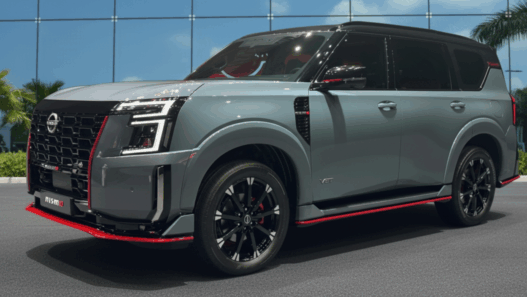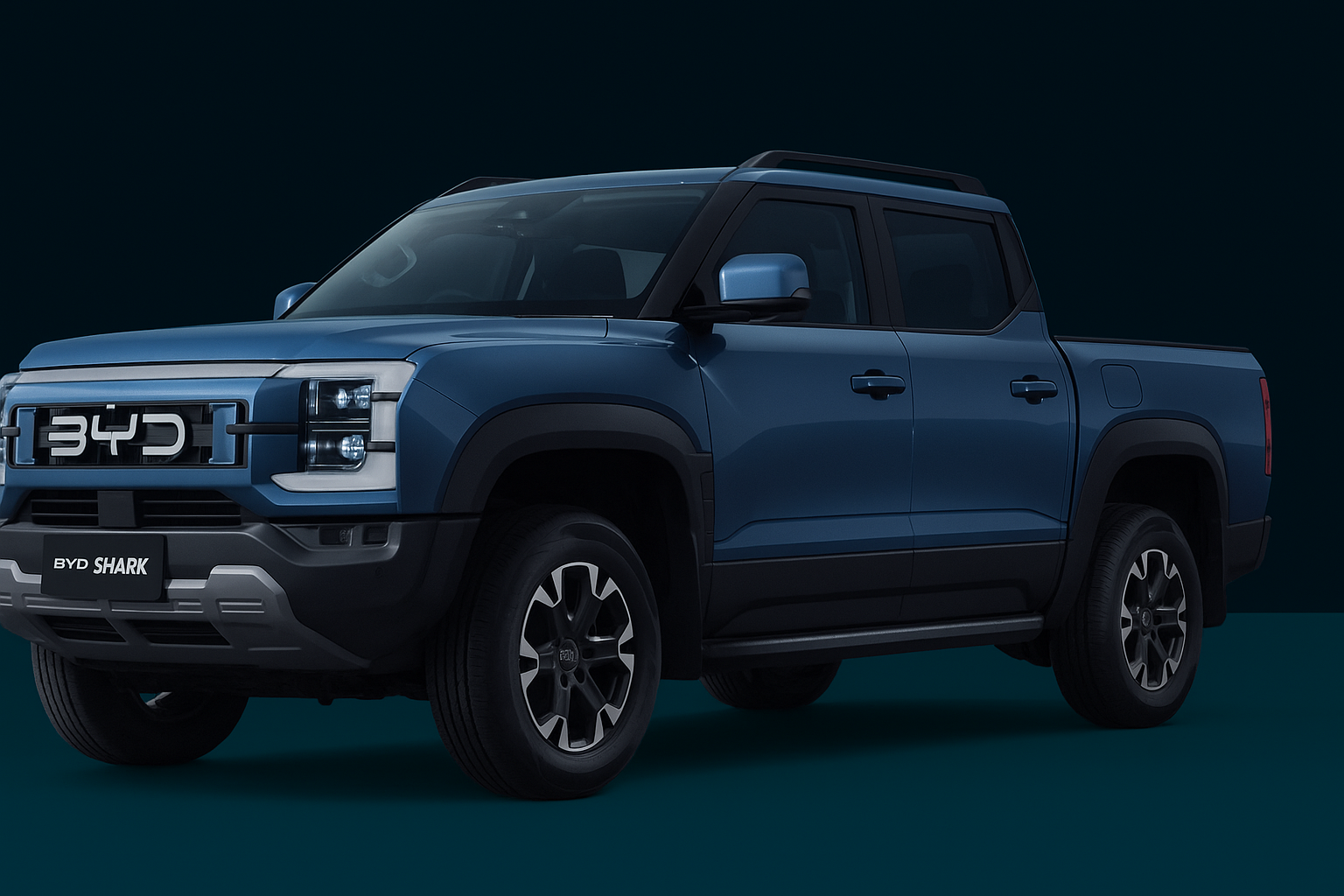Fix Auto Start-Stop Problem in Your Car (UAE Guide)
Is your auto stop start not working as expected — especially in the intense UAE heat? If your engine no longer shuts off at traffic lights, the start-stop dashboard light keeps blinking, or the system seems completely disabled, you’re not alone. Modern vehicles often come with auto start-stop technology to improve fuel efficiency and reduce emissions, but it can sometimes malfunction without warning.
In this guide, we’ll explain why your auto start-stop isn’t working, covering the most common causes — from battery health and AC load to sensor issues and driving conditions. Whether you’re troubleshooting yourself or considering professional help, no mechanical skills are required to follow along. We’ll also share expert tips to get your system running smoothly again. For immediate support, contact the Crossroads helpline. And if you’re looking to upgrade, explore affordable new and used cars in the UAE at Zonesso Motors.
Why Auto Start-Stop Systems Fail (Top Reasons in UAE)
- Weak or aging battery: Your system requires an AGM or EFB battery in good health. Compare EFB vs AGM for better performance.
- Hot weather shutdown: UAE temperatures can disable the system to protect engine performance.
- Brake/clutch sensor malfunction: If these sensors fail, the system won’t activate.
- Hood not fully closed: A slightly open hood disables start-stop as a safety feature.
- Warning light triggered: If you see the start-stop symbol lit up, here’s what it really means.
Quick Fix Checklist (Test These First)
| Problem | Solution |
|---|---|
| Battery not charging | Drive for 20+ minutes, or check battery health |
| Warning light on | Reset system via OBD2 or battery disconnect |
| Feature not activating | Close hood, check brake/clutch sensors |
| Want it off completely | How to disable start-stop safely |
Table of Contents
- Common Reasons Why Car Auto Start-Stop Isn’t Working
- Weak or Defective Battery
- Faulty Sensors
- Engine Temperature
- HVAC System Demand
- Software Updates
- Conclusion
Common Reasons Why Car Auto Start-Stop Isn’t Working
Weak or Defective Battery
A weak or failing battery is one of the main reasons the auto start-stop feature may not function correctly. This system relies on the battery to quickly restart the engine when needed. If the battery lacks sufficient power, it may struggle to restart the engine, causing the system to deactivate. Faulty batteries or poor connections can also affect operation.
To determine if a weak battery is the culprit, use a multimeter to check the battery’s voltage. A healthy battery should read around 12.6 volts or higher when the engine is off. If it’s significantly lower, it may be time for a replacement. Regular maintenance, like cleaning battery terminals and ensuring secure connections, can help prevent auto start-stop issues.
Faulty Sensors
Another frequent cause of auto start-stop problems is faulty sensors. The system relies on sensors that monitor factors such as vehicle speed, brake pedal position, and engine temperature to know when to turn off and restart the engine. If these sensors malfunction or send incorrect signals, the system may fail.
To diagnose sensor issues, perform a complete diagnostic scan using a professional automotive tool to identify any error codes related to the auto start-stop function. Replacing any faulty sensors should restore proper operation.
Engine Temperature
The auto start-stop feature is programmed to deactivate under specific conditions, such as when the engine hasn’t reached optimal operating temperature or is overheating. In these scenarios, the system temporarily disables itself to avoid potential engine damage.
To resolve this, check the engine coolant levels and inspect the cooling system for any issues. Regular maintenance, including coolant flushes and radiator checks, can help prevent overheating and ensure the engine reaches the necessary temperature for the auto start-stop function to activate.
HVAC System Demand
The auto start-stop function may also turn off when the vehicle’s heating or air conditioning systems are under heavy demand. Frequent engine restarts to maintain cabin comfort can strain the battery and other components, leading the system to temporarily shut down to prioritize climate control.
If the auto start-stop system deactivates while the HVAC is in use, look for leaks or malfunctions in the heating and cooling systems. Additionally, setting the cabin temperature to a moderate level can reduce strain and lower the chance of deactivation.
Software Updates
Sometimes, issues with the auto start-stop feature can be resolved through software updates from the manufacturer. These updates can fix bugs or glitches that may be causing malfunctions. It’s important to stay informed about available software updates and install them when necessary.
Before performing updates, consult your vehicle’s manufacturer or authorized dealership to ensure compatibility. Keeping your vehicle’s software up to date can enhance overall system performance, including the auto start-stop feature.
While the auto start-stop feature provides significant benefits for fuel savings and emissions reduction, it’s essential to be aware of potential issues. Understanding the common reasons for malfunction and following the troubleshooting tips can help you address any problems. Regular maintenance and seeking professional assistance when necessary will ensure smooth operation. Need immediate help with your auto start-stop issue? Contact the Crossroads helpline for expert guidance
Fix your car auto start-stop Problem
Questions Answered
If you’re still wondering whether your system is broken or just inactive, explore these full guides:
- Auto Start-Stop Not Working? Here’s Why
- Does Auto Start-Stop Drain Battery?
- How to Reset Auto Start-Stop System
Should You Visit a Mechanic?
If your vehicle continues to show the warning light or the system won’t reset after troubleshooting, it could be a deeper ECU/software issue. A professional diagnostic tool may be required for full calibration.









